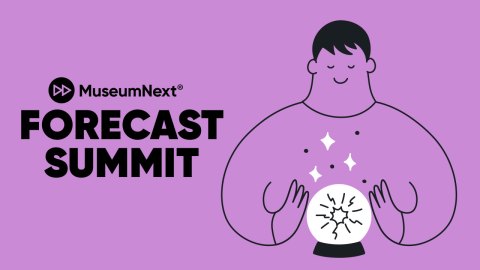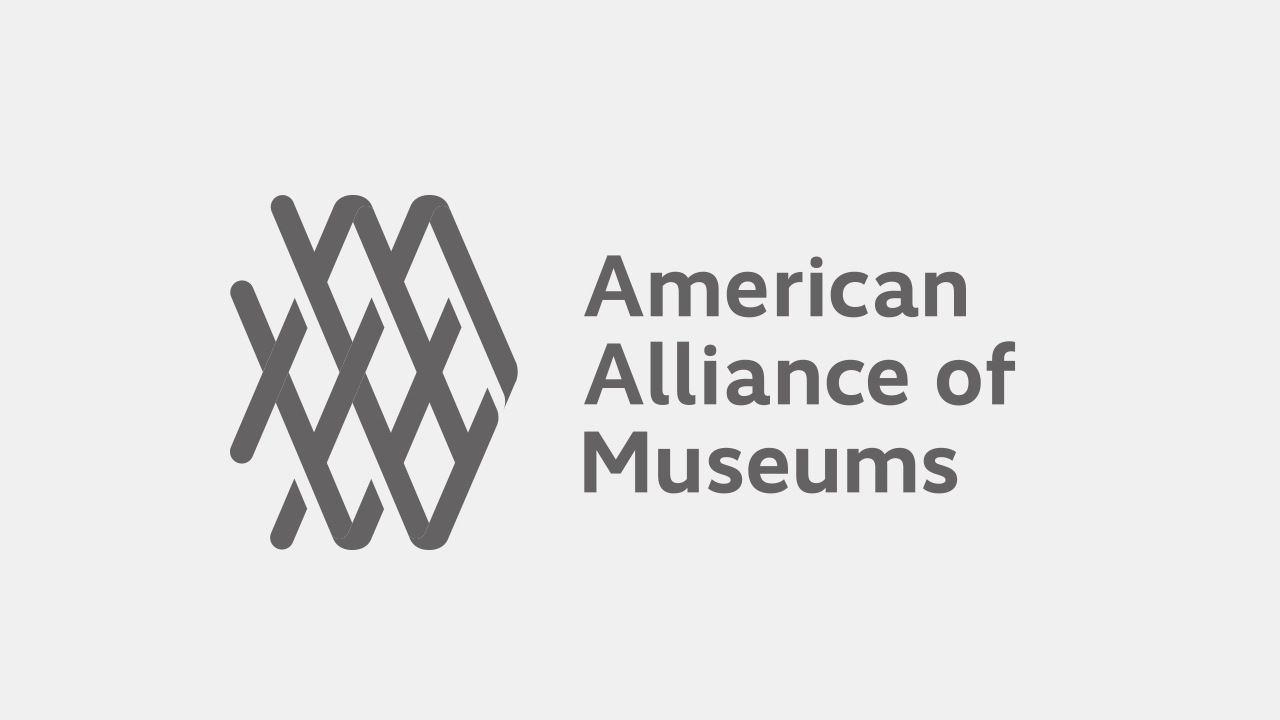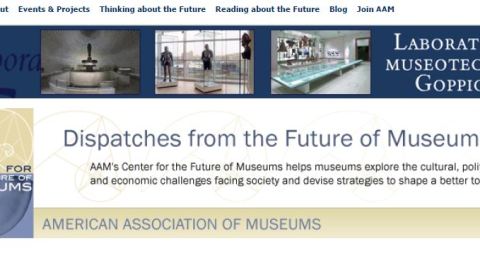This article originally appeared in Museum magazine’s January/February 2025 issue, a benefit of AAM membership.
The COVID-19 pandemic was the defining global disruption of the 21st century to date. While the virus still poses a serious risk, especially to older adults and people with compromised immune systems, cases leading to hospitalization and death are orders of magnitude lower than their peak in 2020–2021. COVID lockdown affected every aspect of our lives: how we learned, worked, dated, ate, connected with each other, and consumed culture. In the aftermath of this massive disruption, some of these practices may act like a rubber band, snapping back to their original form. Others may be stretched into a new shape entirely. Here are some key metrics mapping the contours of the post-pandemic landscape.
Office Vacancy Rates
During the pandemic, office vacancy rates were both a symptom and a cause of pandemic-related damage. Empty downtowns reduced tax revenues, gutted restaurant and retail income, and, in some cities, fueled residential migration. While there is considerable variation among cities, the overall office vacancy rate remains high, reflecting the long-term impact of hybrid and remote work, and relocation of some businesses.
Office vacancy rates,
US average
2019 16.4%
2021 18.6%
2024 20.1%
Source: Moody’s, moodys.com
Going forward: Will some urban cores continue to struggle while others rebound? How might this shape who lives, works, and spends time downtown, and how might that affect museum visitation?
Hybrid and Remote Work
The pandemic forced businesses to embrace remote work, and while some are implementing back-to-office policies, hybrid or 100 percent remote work is now mainstream.
Percent of US workers working hybrid/remote
2019 32%/8%
2021 31%/48%
2024 53%/27%
Source: Statista
The nonprofit job board Idealist reports that as of June 2023, 38% of nonprofit job listings were for hybrid work, and 19% were fully remote. Of people searching for nonprofit openings by location, 88 percent were looking for remote work and 7 percent hybrid. Remote positions were receiving nine times as many applications as on-site jobs.
Source: National Council of Nonprofits
Going forward: While return-to-office policies may continue to drive hybrid/remote work levels down, many believe that the pandemic has permanently shifted such work arrangements into the mainstream. How might museums integrate hybrid and remote work into their policies to attract and retain the staff they need? How might they support the need for connection among staff who rarely see each other in person?
Employment
After a dramatic spike in 2020, the civilian unemployment rates dropped back close to pre-pandemic levels and continue to hover around 3.5–4 percent. This low rate of unemployment may be contributing to the hiring challenges museums continue to experience. In 2024, 51 percent of museums that were recruiting reported having trouble filling open positions (though this was an improvement from 2023, when this figure was 60 percent).
Civilian unemployment rates
Nov. 2019 3.6%
April 2020 14.8%
Nov. 2022 3.6%
Sept. 2024 4.1%
Sources: Bureau of Labor Statistics; AAM National Snapshot of United States Museums, 2024
Going forward: What might museums do to make their jobs more attractive in an economy experiencing full employment?
Museum Finances: The Bottom Line
AAM asked museums to compare their net operating performance in 2023 to their 2019 finances.
One-fifth of museums (19 percent) report their net operating performance had decreased compared to 2019, with a median decrease of 20 percent.
One-quarter of museums (24 percent) reported no change in their net operating performance compared to 2019.
Over half of museums (57 percent) reported their net operating performance had increased compared to 2019, with a median increase of 20 percent.
Source: AAM National Snapshot of United States Museums, 2024
Going forward: As we explore elsewhere in this report, in coming years museums may spend more on insurance, wages, and benefits, and on maintaining good data hygiene. How might museums balance new strategies for income and expenditures to maintain a healthy bottom line?
K–12 Education
Pandemic disruptions to in-person schooling and social interactions inflicted measurable damage on school readiness, reading and math performance, and mental health. Children who were ages 1–4 in spring 2020, when the pandemic closed schools and early learning programs, are now struggling to master age-appropriate skills like holding a pencil (or crayon), identifying shapes and letters, managing emotions, or solving problems with other children.
8th-graders at or above
proficient in math
2019 33%
2022 26%
Chronic absenteeism among
K–12 students
2018–2019 16%
2021–2022 30%
Source: The Annie E. Casey Foundation
Going forward: Will there be increased demand for out-of-school learning experiences to help close the achievement gap? Might children on field trips need more behavioral and social-emotional support during their visits to museums?
Museum Attendance
As of fall 2024:
Half of US museums had not yet returned to pre-pandemic attendance levels. The average attendance level for this half was at 78 percent of pre-pandemic numbers.
33 percent of US adults reported having been to a museum in the preceding year, slightly above pre-pandemic norms.
In addition, about 3 percent of people who visited museums frequently pre-pandemic had not returned to museums at all.
Sources: AAM National Snapshot of United States Museums, 2024; 2024 Annual Survey of Museum-Goers
Going forward: Will the “lost 3 percent” of frequent museum-goers ever return? How might economic concerns, severe weather, and internal migration affect visitation in coming years?







